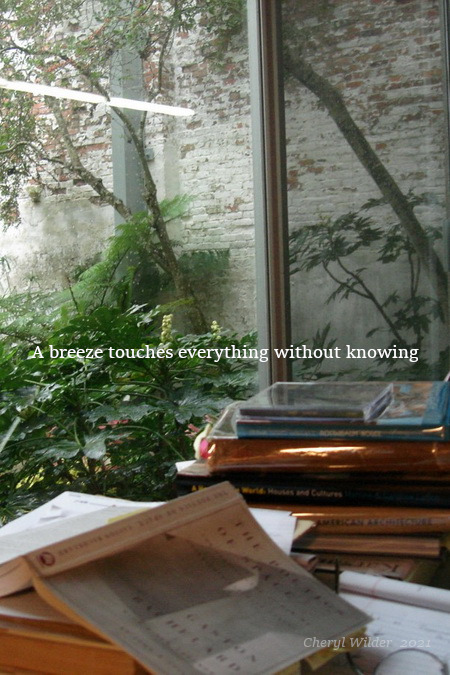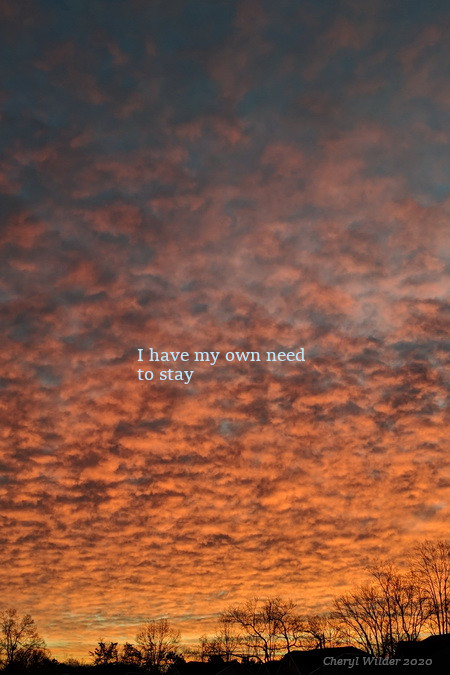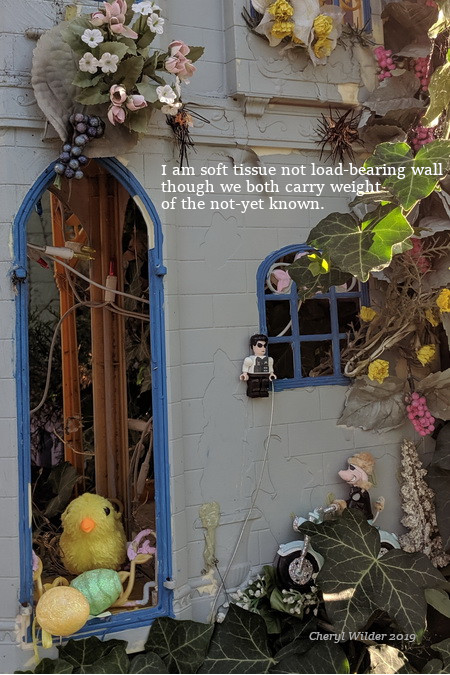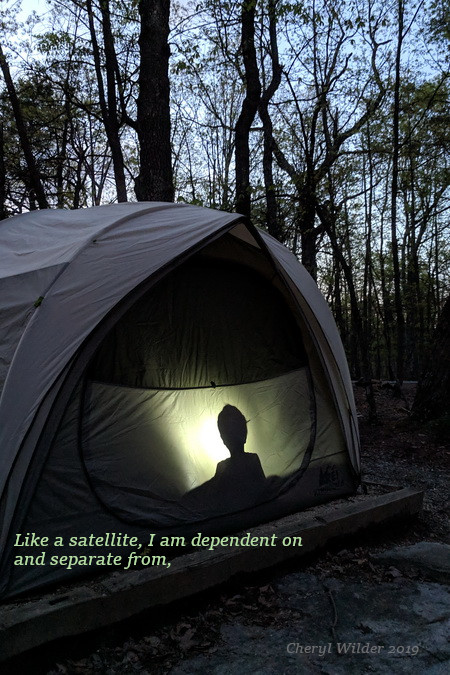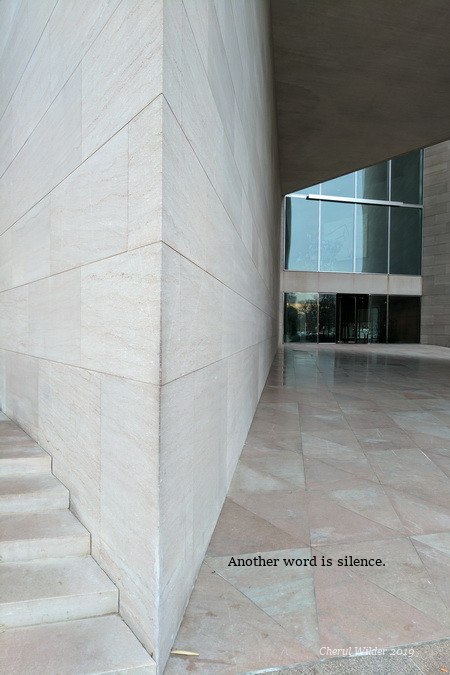There is no shortage of cultural and global issues to be part of right now. I donate, volunteer, and support. But I’m constantly at odds with where to put my public service energy, often becoming overwhelmed by all the options*.
I also get sidetracked, wondering if the space where others live inspires or suppresses them? I can’t help but consider: Can examining our spaces–our homes and communities–change our relationship with them? Does that change help the common good? Since 2016, my answer keeps coming back as yes.
Writers are told to follow their obsessions.
I’ve written posts on poetry and space. Posts that barely scratch the surface of how I think about the topics. I need more dedicated time to weave these threads together. Next week, I start a grant application, that, if awarded, will fund research on poetry, space, and architecture. (Friend and writer Rita Lewis is helping me.) I’m also giving a seminar on the subject in October.
When I first researched architectural space, I saw a pattern. Historians and architects couldn’t describe the space created by the built environment. Instead, they turned to poetry, as some of us do when we want to understand what we cannot see. The pattern was revelatory to me. Poetry and architecture touched a core identity I struggled with: the idea of home. I felt others could benefit too.
Gaston Bachelard, in The Poetics of Space, writes, “Come what may the house helps us to say: I will be an inhabitant of the world, in spite of the world.” And Louis Hammer, in “Architecture and the Poetry of Space,” writes, “Every building is a palimpsest on which are written countless poems of space.” People are inhabitants. As inhabitants, people create poems. You’re in a poem right now. What does that poem say?
*Pathways of Public Service and Civic Engagement
If you get overwhelmed when it comes to public service, read Stanford University’s Pathways of Public Service and Civic Engagement. From the website: “The Pathways of Public Service and Civic Engagement describe a range of possibilities by which we can make a contribution to the common good.” Then take a survey that might help you find your path to civic engagement. It was built for students, but anyone can take it–no data is recorded.
Quote and photo by author. (From “Emotional House” in Anything That Happens.) All rights reserved.

